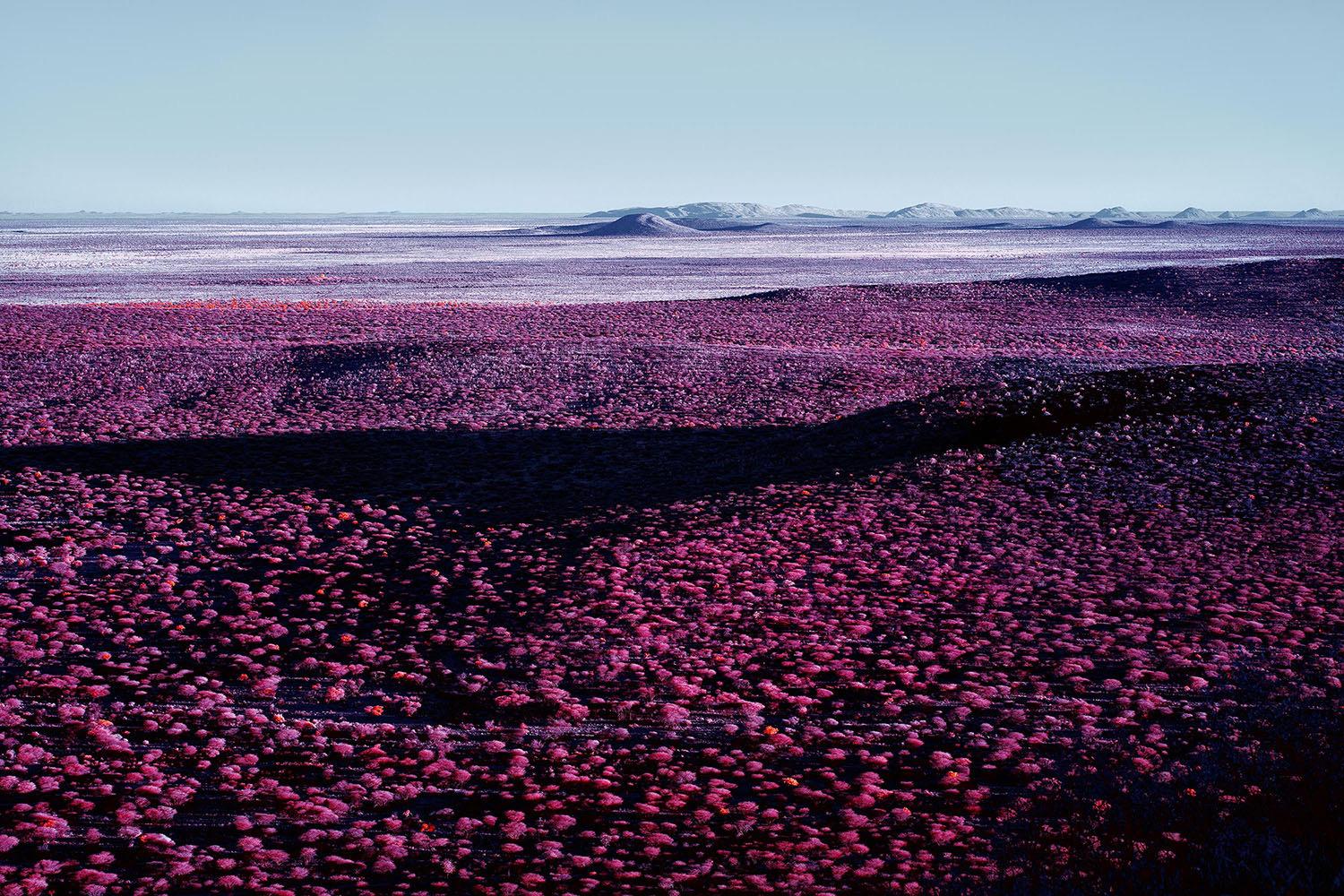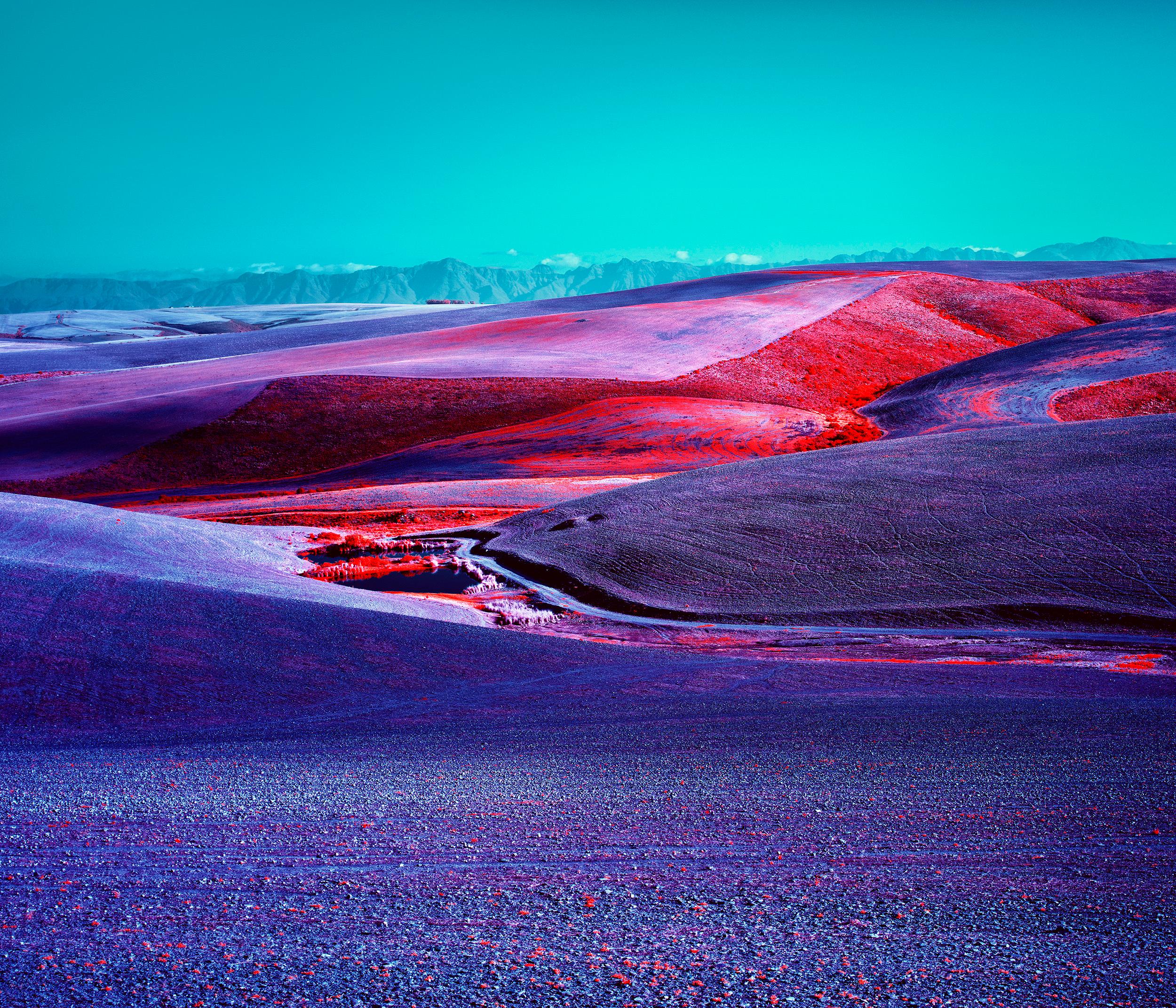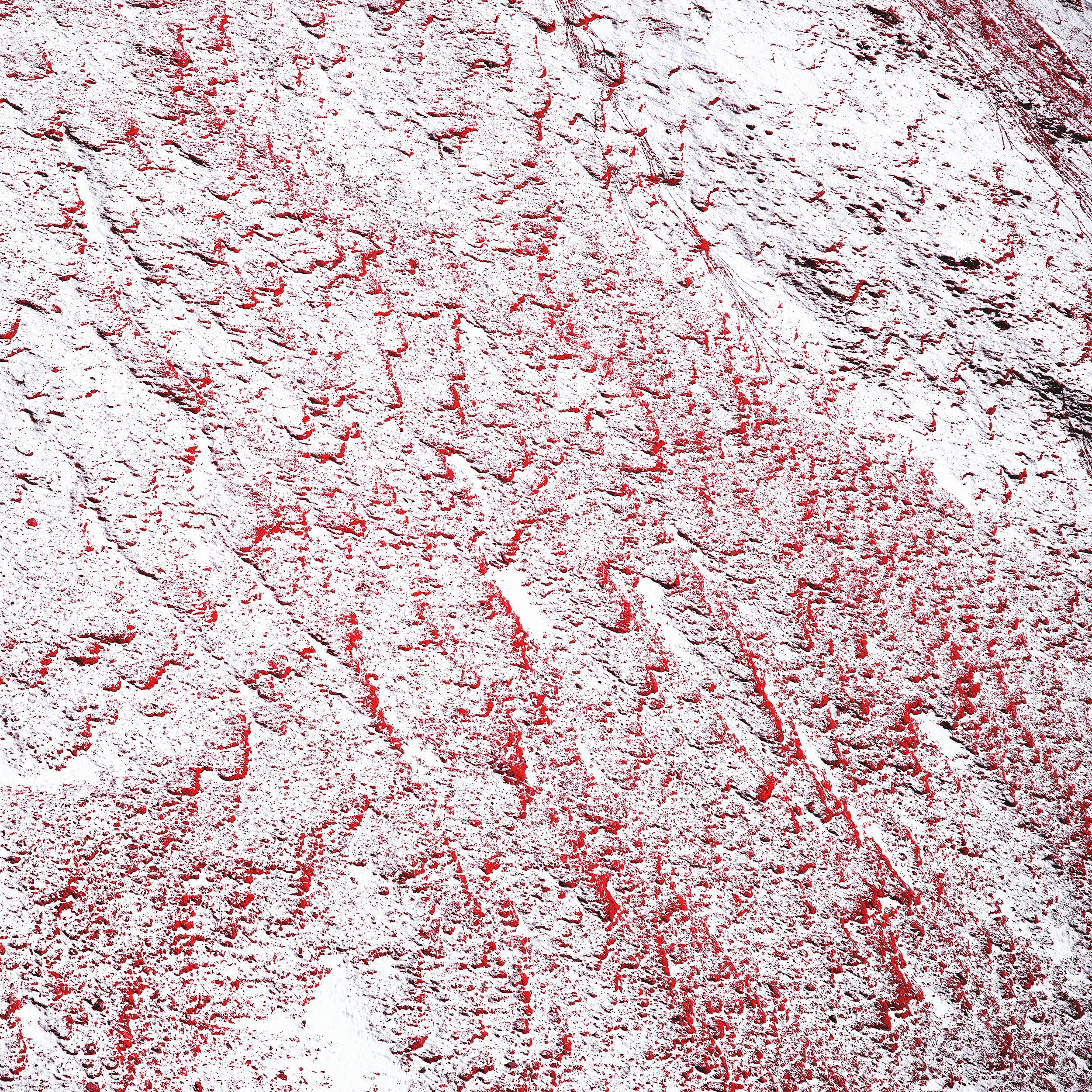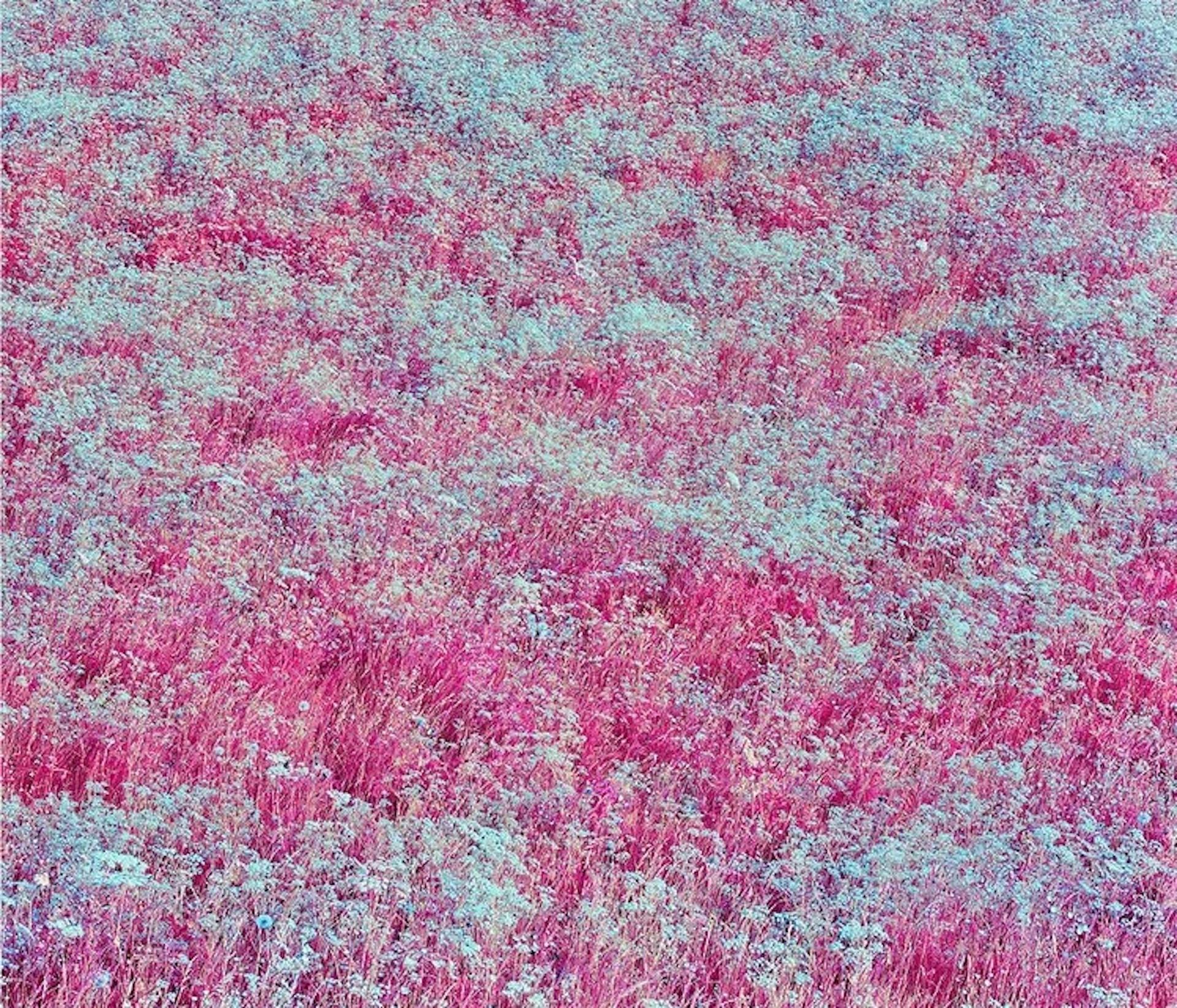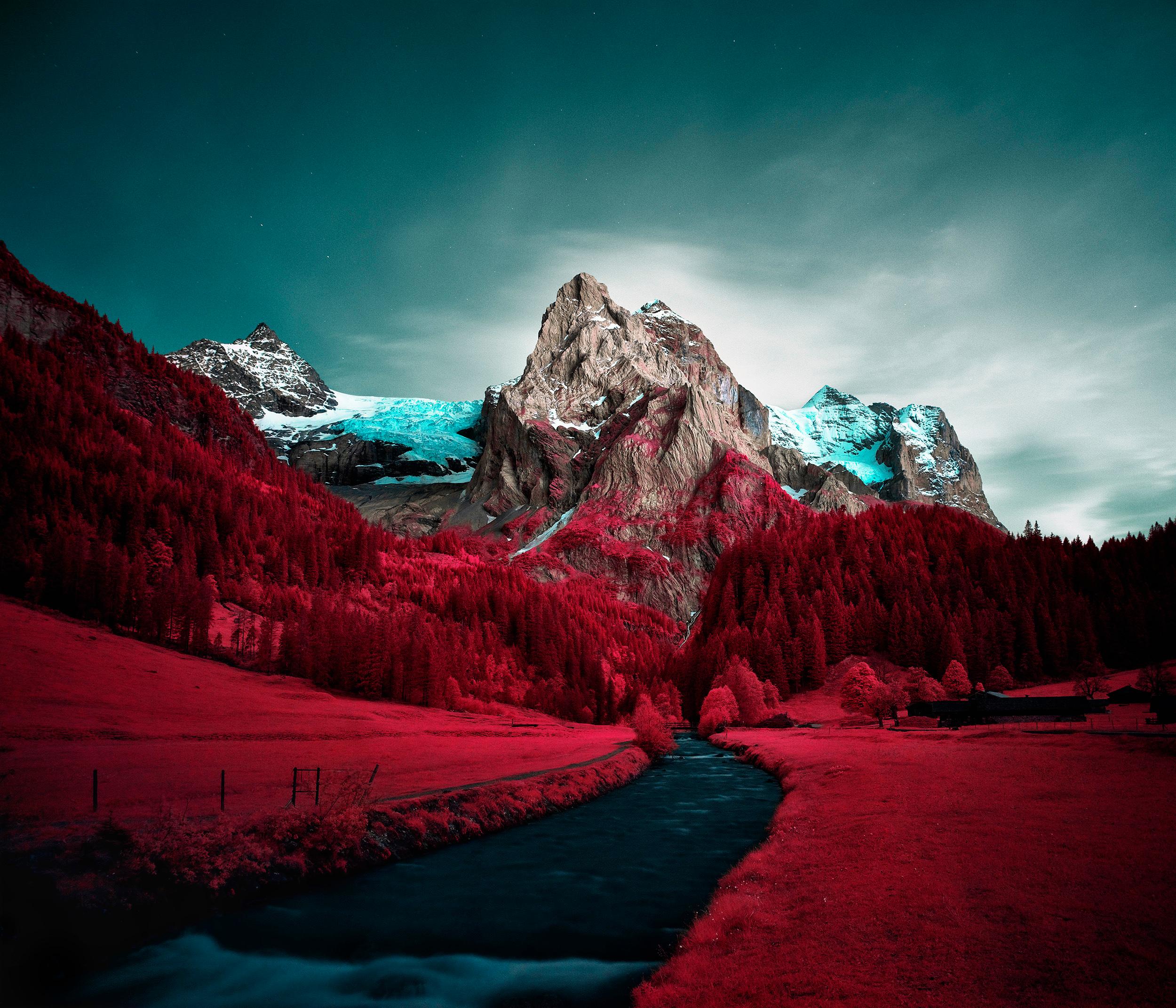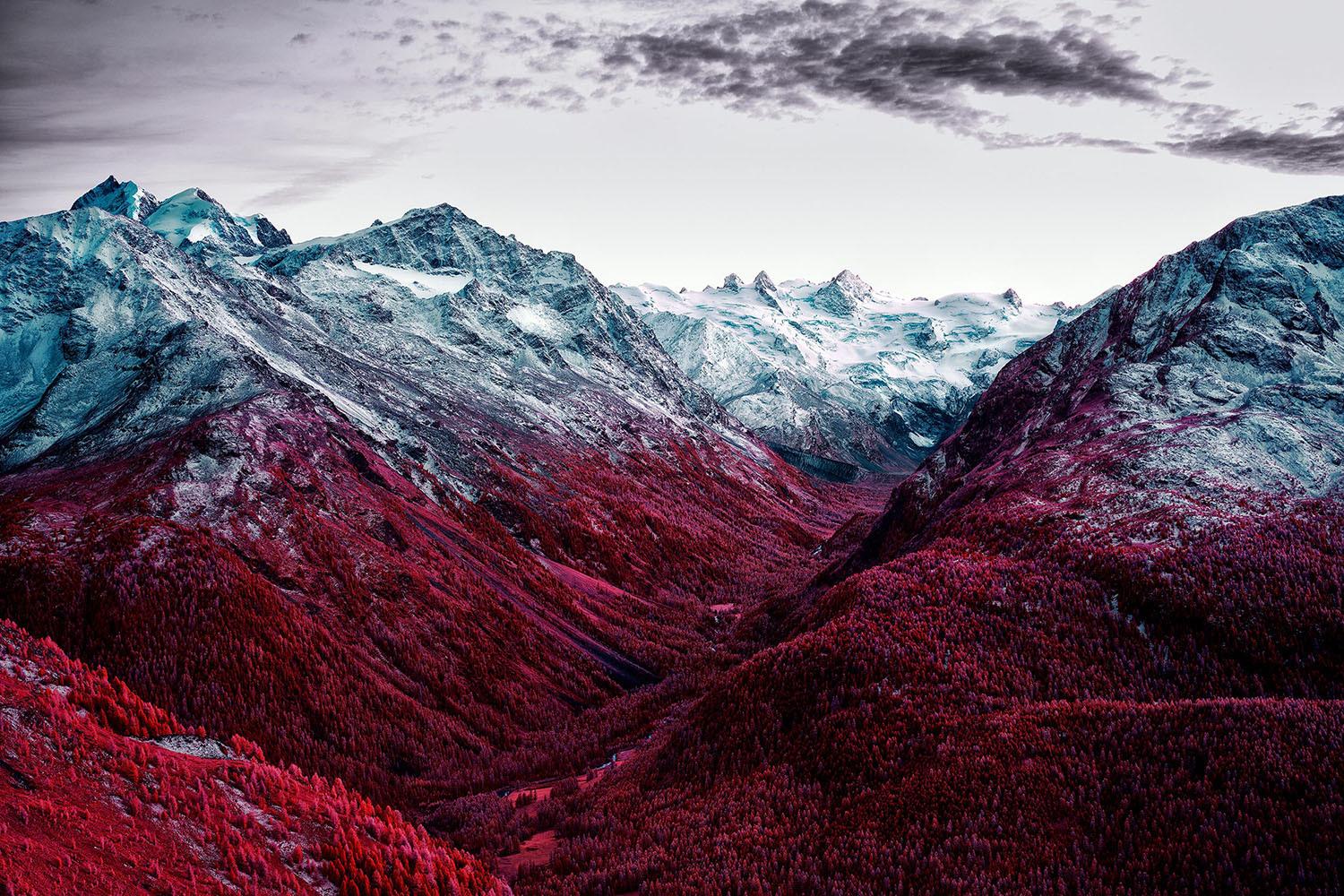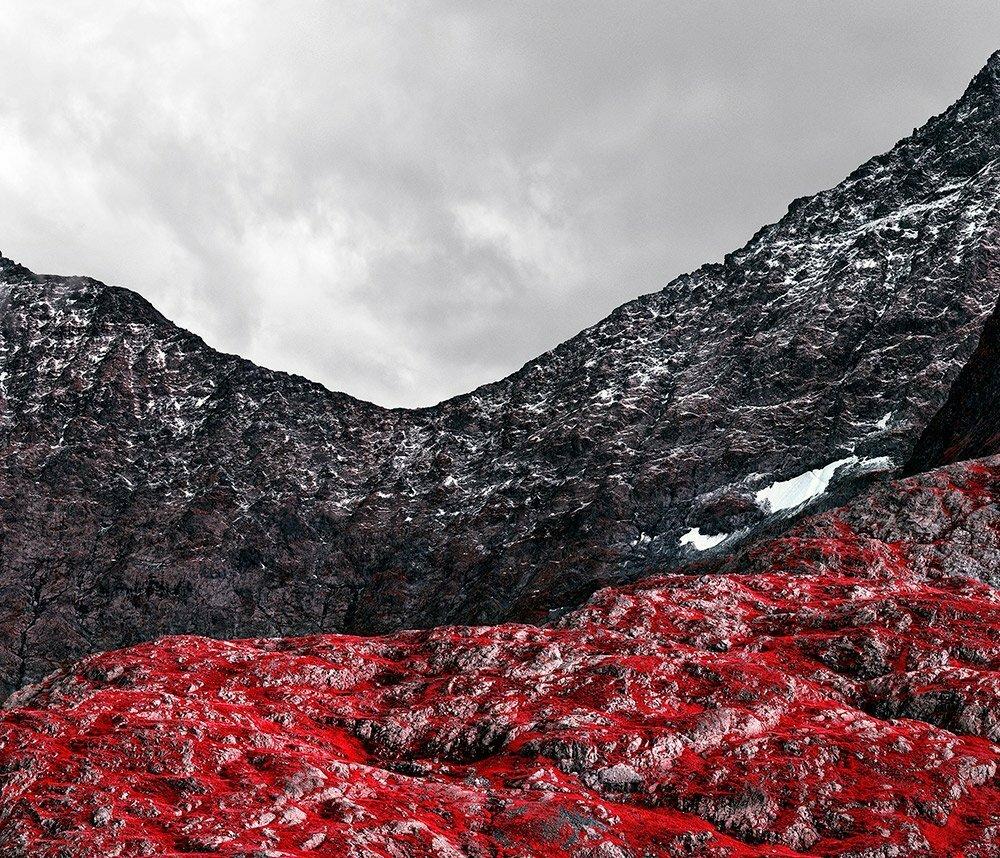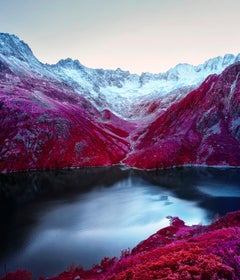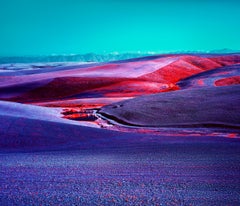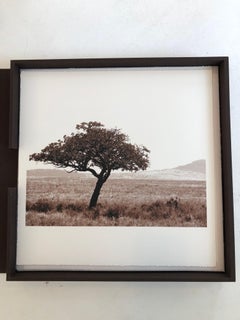
"African Tree Series - #6" Sepia Toned photograph of tree from Serengeti
View Similar Items
1 of 8
John H. Brown, Jr."African Tree Series - #6" Sepia Toned photograph of tree from Serengeti2014
2014
About the Item
- Creator:John H. Brown, Jr. (1957)
- Creation Year:2014
- Dimensions:Height: 16 in (40.64 cm)Width: 16 in (40.64 cm)
- More Editions & Sizes:edition of 10 of 12 images 16" x 16"Price: $650
- Medium:
- Movement & Style:
- Period:
- Condition:
- Gallery Location:Hillsboro, VA
- Reference Number:1stDibs: LU123814694312
You May Also Like
- Dammagletscher UriLocated in Berlin, DEDammagletscher Uri 2020 Edition 1, AP. Pigment print on Canson photographic rag 310g, mounted on dibond in smoked oak wood frame with museum glass. Framed: 144 x 128 x 7 cm. Other ...Category
2010s Naturalistic Landscape Photography
MaterialsRag Paper, Pigment
- Kalakwa 1, Khomas RegionLocated in Berlin, DEKalakwa 1, Khomas Region, 2018 Edition of 2 Pigment print on Canson photographic rag 310g, mounted on dibond in smoked oak wood frame with museum glass. Framed: 68 x 93 x 3 cm Other editions in 3 sizes, 3-2-1 + AP To get a fresh look at natures beauty in a modern era, Zak van Biljon went beyond the visible spectrum to capture these vivid images. The technique, developed for military surveillance and crop surveys, captures near-infrared light: wavelengths of electromagnetic radiation that fall between what we see as red and the longer wavelengths used for thermal imaging. The pigment in plant leaves, chlorophyll, strongly absorbs visible light which they use as a source of energy in the process of photosynthesis. The cell structure of the leaves, on the other hand, strongly reflects near-infrared light. A strong absorption at these wavelengths would only result in overheating the plant and possibly damaging the tissues. The human eye is unable to perceive infrared light but it is exactly this reflected energy, which reacts with infrared-sensitive material to create electric pinks and vibrant reds. The idea of landscapes is not landscape by itself. Nothing exists by itself but only through perception. Our perception, however, is subject to both individual watching and classifying what we see. The classification is strongly subdued to the imagery with which we are confronted every day. The famous Windows computer desktop image “Bliss” and others of this kind have become a kind of nature of which we believe that is is “true” nature. Pictures of natures are not about falsifying nature itself but are reflecting our perception of nature. What kind of image do we have? On social media channels user are sharing zillions of filtered photos of nature...Category
2010s Naturalistic Landscape Photography
MaterialsRag Paper, Pigment
- Bredarsdorp, Western CapeLocated in Berlin, DEBredarsdorp, Western Cape, 2019 Pigment print on Canson photographic rag 310g, mounted on dibond in a smoked oak wood frame with museum glass Edition of 2 Framed: 68 x 76 x 3 cm Oth...Category
2010s Naturalistic Landscape Photography
MaterialsPigment, Rag Paper
- Furka 1. UriLocated in Berlin, DEFurka 1, Uri, 2021 Edition of 3 Pigment print on Canson photographic rag 310g, mounted on dibond in smoked oak wood frame with museum glass. Framed: 53 x 53 x 3 cm Other editions i...Category
2010s Naturalistic Landscape Photography
MaterialsPigment, Rag Paper
- Les FleursLocated in Berlin, DELes Fleurs, 2020 Edition 1 AP. Pigment print on Canson photographic rag 310g, mounted on dibond in grey oak wood frame with museum glass. Framed: 144.6 x 1...Category
2010s Naturalistic Landscape Photography
MaterialsRag Paper, Pigment
- Meteora, GreeceLocated in Berlin, DEMeteora, Greece 2018 Edition 1/5. Pigment print on Canson photographic rag 310g, mounted on dibond in smoked oak wood frame with museum glass. Framed: 35 x 39 x 3 cm To get a fresh look at natures beauty in a modern era, Zak van Biljon went beyond the visible spectrum to capture these vivid images. The technique, developed for military surveillance and crop surveys, captures near-infrared light: wavelengths of electromagnetic radiation that fall between what we see as red and the longer wavelengths used for thermal imaging. The pigment in plant leaves, chlorophyll, strongly absorbs visible light which they use as a source of energy in the process of photosynthesis. The cell structure of the leaves, on the other hand, strongly reflects near-infrared light. A strong absorption at these wavelengths would only result in overheating the plant and possibly damaging the tissues. The human eye is unable to perceive infrared light but it is exactly this reflected energy, which reacts with infrared-sensitive material to create electric pinks and vibrant reds. The idea of landscapes is not landscape by itself. Nothing exists by itself but only through perception. Our perception, however, is subject to both individual watching and classifying what we see. The classification is strongly subdued to the imagery with which we are confronted every day. The famous Windows computer desktop image “Bliss” and others of this kind have become a kind of nature of which we believe that is is “true” nature. Pictures of natures are not about falsifying nature itself but are reflecting our perception of nature. What kind of image do we have? On social media channels user are sharing zillions of filtered photos of nature...Category
2010s Naturalistic Landscape Photography
MaterialsRag Paper, Pigment

